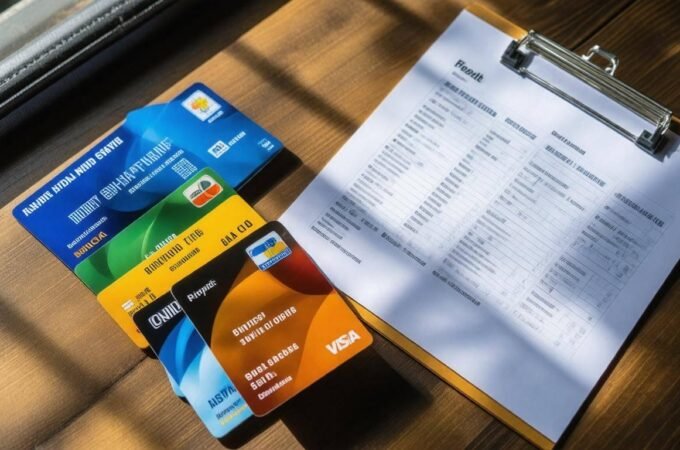
How to Finance Your Next Transaction With a Bridge Loan
A bridge loan is a short-term loan your hard money lender California can offer you. This type of loan is commonly used to allow you to buy a new home while you wait for the funds from the sale of your current home. It is called a bridge loan because it bridges the gap between the sale of a current home and the purchase of a new home. Bridge loans are also commonly used to invest in real estate. Here’s how to finance your next transaction with a bridge loan.
How To Get a Bridge Loan
Getting a bridge loan is pretty much like getting a traditional loan. You’ll need to take your financial documentation to your preferred lender to see if you qualify. Keep in mind that some hard money lenders in Los Angeles have minimum credit score requirements that you must meet, while others may not. Most expect you to have an acceptable debt-to-income ratio before they’ll extend short-term lending to you.

Benefits of Bridge Lending
The most attractive benefit of bridge financing is that it offers you flexibility. A bridge loan provides you with short-term capital that you can use immediately to fund a big transaction. This type of funding can make it easier to close quickly on properties, meet immediate expense obligations or complete renovations.
Another benefit of bridge financing is that most of the loans are non-recourse. That means the lender can’t seek repayment on the loan through the property in question. This means that the borrower has no personal financial responsibility to pay the lender back. The lender can’t seek compensation in the event that the property value is insufficient to cover the remaining balance of the loan. This feature gives borrowers an extra degree of security and peace of mind when they take out a bridge loan while waiting for a property to sell.
Drawbacks of Bridge Lending
While there are plenty of benefits to bridge lending, there are also drawbacks you should carefully consider. Since bridge loans are so risky for lenders, they tend to be more expensive than other types of loans. In particular, lenders often charge high fees on bridge loans.
Another potential drawback of trying to qualify for a bridge loan is that you must qualify to own two homes. If you don’t have the ability to pay two mortgages at once (even if you currently only have one home), you will not be able to receive bridge financing. This requirement disqualifies many potential borrowers.

Finally, you may potentially need to pay two mortgages, as well as interest on your bridge loan if your property doesn’t sell as quickly as you thought it would. These costs can quickly add up and become burdensome. Fortunately, in a healthy real estate market, the chances of this scenario happening aren’t too high.
Determine if a Bridge Loan Is Right for You
Bridge financing is an excellent solution for some people. If you know you’re likely to sell your home within the anticipated time frame and you need money to cover the gap, this type of loan may be ideal. Talk with your hard money lender California company for more advice about whether a bridge loan is right for your current situation.




